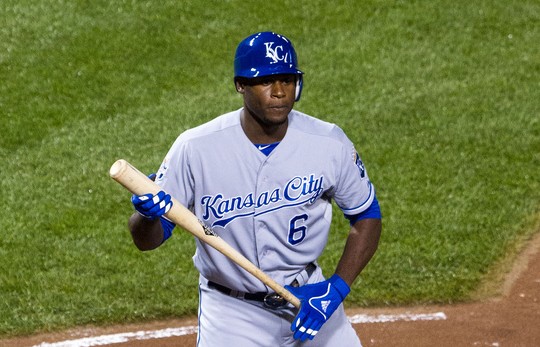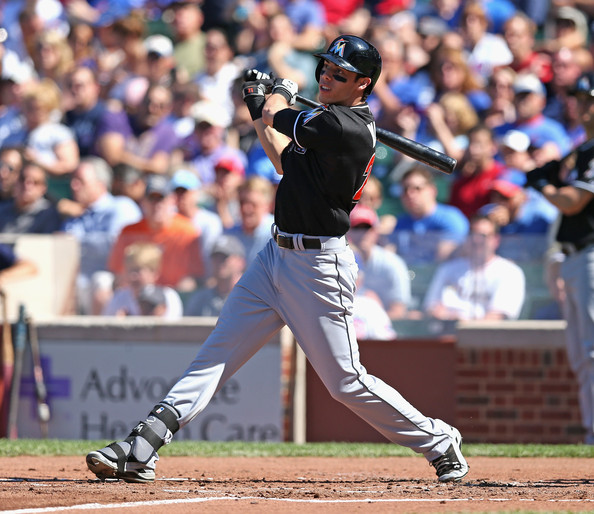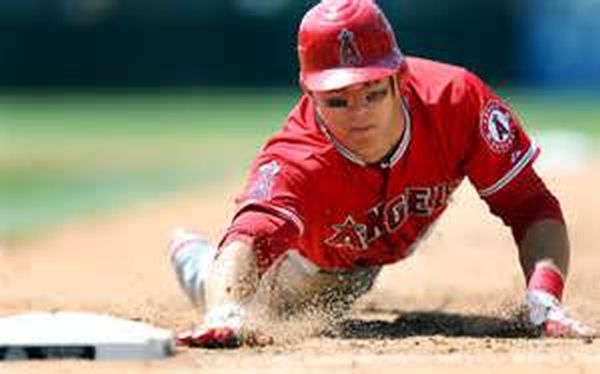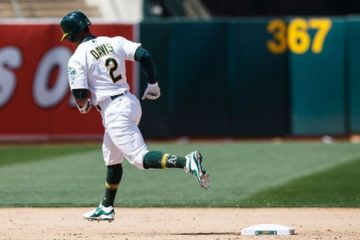2017 Fantasy Baseball: The Fielding Chronicles– Kansas City Royals

Fans and teams alike are learning more and more about fielding every year. Teams use fielding numbers to decide who to play and to decide what types of pitchers to add to their team. Fantasy fans use fielding numbers also to determine which pitchers to add to their fantasy rosters. Outside of the fantasy studs, they also use them to fill out their bench with players that will get more playing time because of their gloves.
The Kansas City Royals have been mocked in the past for shunning sabermetrics and there is more than enough evidence to support such a claim. That being said, they did advance to the World Series in 2014 and they won it all in 2015 behind some strong fielding. Unfortunately, like their once vaunted bullpen, they are moving in the wrong direction these days.
We will use defensive runs saved by the Fielding Bible to evaluate individual players and the teams they play for. We get that information from billjamesonline.com. In particular, we will focus on the Royals AL ranking amongst infielders, outfielders, shifts, and overall. Beyond that, we will look at their defense efficiency rating (DER) by baseball-reference.com. That measures the percentage of balls in play that get converted into outs.
Overview
| Infield | Outfield | Shifts | Total | Rank | DER | Rank | |
| 2014 | -10 | +44 | 0 | +34 | 3rd | .693 | 6th |
| 2015 | +19 | +32 | +5 | +56 | 2nd | .701 | 3rd |
| 2016 | -25 | +45 | +1 | +21 | 7th | .687 | 10th |
The Royals are a terrific example of what we might call “success bias”. In other words, their success in 2014 and 2015 makes us biased to the point where we assume they must be well managed because they have been successful. Sometimes you can be successful in spite of management. The Royals saved fewer runs than any American League team by shifting over the past three seasons. Even with average shifting they would have likely led the American League in runs saved over the past three seasons.
They have had a collection of the liveliest arms in the league (particularly in the pen) up until this season, but they have lost some of those arms to various things (trade, free agency, death) and haven’t replaced them with the same high voltage. So, will they join the shifting revolution or continue to assume that everything will just go according to plan?
Strongest Fielder
The Royals have had the strongest defensive outfield in baseball in two of the last three seasons. They are led by center fielder Lorenzo Cain. He has had plus 51 DFS over the last three seasons and even was a darkhorse MVP candidate in 2015 because of that defense. Unfortunately, he has fallen off in the last season to become merely good and not great. The same could be said for Alex Gordon in left field (plus 37 runs in the last three years, but only plus four last season).
Weakest Fielder
In continuing with the theme of moving from excellence to merely solid production, the Royals decided to weaken their outfield defense by moving Jarod Dyson to the Seattle Mariners in exchange for Nate Karns. Dyson and Paulo Orlando had combined to save 29 runs last season. Orlando stays and moves to the bench in favor of Jorge Soler. Soler has combined to the tune of minus 12 runs in the last three seasons.
Losing Dyson in particular is a tough pill to swallow because he was better than Cain and Gordon last season and he had to play all three outfield positions. The end result is that the strongest defensive outfield in all of baseball might be closer to the middle of the pack as a result.
Key Changes
The only major change between 2016 and 2017 has been the change in the outfield. The Royals wanted to add some offense to their lineup by adding Soler to the mix in right field. The former international phenom should hit between 20 and 25 home runs if he plays regularly, but will likely be a negative impact fielder. Raul Mondesi Jr. will get the first crack at second base after coming up last season. He will need to prove he can hit before we give the position to him full time.
Mike Moustakas was injured most of last season, but he has a track record of success at third base. For the most part, the everyday lineup remains intact in Kansas City, but they have lost a lot of pitching along the way. The pitchers they have will rely more on the fielders than the last group, so their fielding will be put to the test.
Pitchers
The average ground ball rate in the American League was a shade under 44 percent over the past three seasons. That’s at least true amongst starting pitchers. The current Royals staff hovered around 41 percent in that same time. Considering the heroics of Cain, Gordon, and Dyson, that combination could even be considered a coherent strategy. I seriously doubt it was that well thought out, but it worked.
The Royals infield has been below average over that same time span. So, shunning ground ball pitchers made sense. Unfortunately, since the defense in the outfield is poised to take a step back, those same fly ball pitchers will also take a step back. The number one and number two target in this world are Danny Duffy and Ian Kennedy. Both have hovered around 39 percent in the ground ball department in the past three seasons. Both were likely late round selections in typical drafts.
It’s hard to look at this staff and predict great things for anyone, but the best hope for a positive comeback is Nate Karns. His groundball rate exceeds the league average and he had a rough season in Seattle last year, so he went undrafted in most leagues. He might end up being the only sleeper in the bunch.





